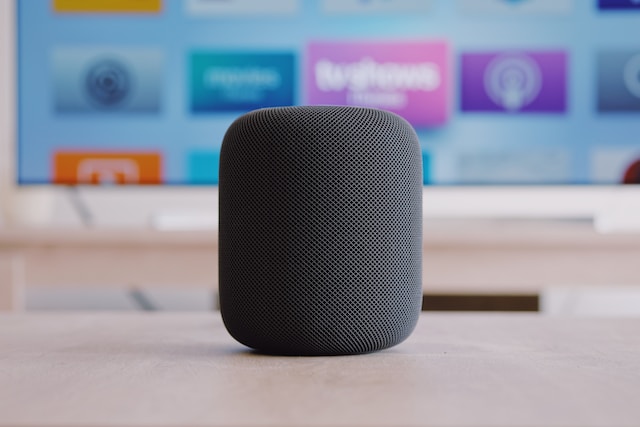The Vital Role of Secure Payment Methods in E-commerce Website Development
 In the rapidly evolving digital landscape, e-commerce has become an indispensable part of our lives. With the increasing popularity of online shopping, ensuring the safety and security of transactions has become a paramount concern for both businesses and customers. Regarding ecommerce website development, incorporating robust and secure payment methods is essential to establish trust and protect sensitive customer information. This article delves into the significance of secure payment methods in the development of e-commerce websites, emphasizing their role in fostering customer confidence and promoting a secure online shopping experience.
In the rapidly evolving digital landscape, e-commerce has become an indispensable part of our lives. With the increasing popularity of online shopping, ensuring the safety and security of transactions has become a paramount concern for both businesses and customers. Regarding ecommerce website development, incorporating robust and secure payment methods is essential to establish trust and protect sensitive customer information. This article delves into the significance of secure payment methods in the development of e-commerce websites, emphasizing their role in fostering customer confidence and promoting a secure online shopping experience.
The Foundation of Trust
Building trust is crucial for the success of any e-commerce venture. Customers need to feel confident that their financial transactions are safe and their personal information remains secure. Secure payment methods act as the foundation of this trust, ensuring that sensitive data such as credit card details, bank account information, and personal identifiers are protected from unauthorized access and potential threats.
Protecting Customer Data with SSL Certificates and Encryption
One of the fundamental elements of secure payment methods is the implementation of SSL (Secure Sockets Layer) certificates and encryption protocols. SSL certificates enable secure communication between the customer’s web browser and the e-commerce website, encrypting data and preventing interception by malicious entities. This encryption ensures that sensitive information submitted during the payment process, such as credit card numbers or login credentials, remains confidential and inaccessible to unauthorized parties.
To develop an e-commerce website with robust security measures, it is imperative to integrate SSL certificates and encryption protocols. This protects customer data during transactions and displays a green address bar, providing a visual indication of a secure connection. This visible assurance fosters trust among customers and encourages them to proceed with their purchases without hesitation.
Embracing Multi-Factor Authentication (MFA)
Incorporating multi-factor authentication (MFA) has become increasingly important. MFA adds an extra security to e-commerce websites by requiring customers to provide additional credentials, beyond a username and password, to access their accounts or complete transactions. These additional factors can include a unique verification code sent to their registered mobile device or a fingerprint scan.
By implementing MFA, e-commerce websites significantly reduce the risk of unauthorized access to customer accounts and enhance transaction security. Even if a user’s login credentials are compromised, the additional authentication factor safeguards, preventing unauthorized individuals from carrying out fraudulent transactions.
In the realm of e-commerce website development, prioritizing secure payment methods is crucial to establish trust, protect customer data, and create a safe online shopping environment. Incorporating SSL certificates and encryption protocols, along with embracing multi-factor authentication, helps fortify the security of transactions and instills customer confidence. By investing in robust payment security measures, businesses can foster customer loyalty, mitigate risks, and ensure a seamless and secure online shopping experience.
 Quality
Quality IT service providers use it as an information technology tool for standardizing the security and monitoring requirements of different industries. As providers of quality security systems, the RMM application contains stored policies and standard requirements. The data settings are then used, according to client needs and requirements.
IT service providers use it as an information technology tool for standardizing the security and monitoring requirements of different industries. As providers of quality security systems, the RMM application contains stored policies and standard requirements. The data settings are then used, according to client needs and requirements.